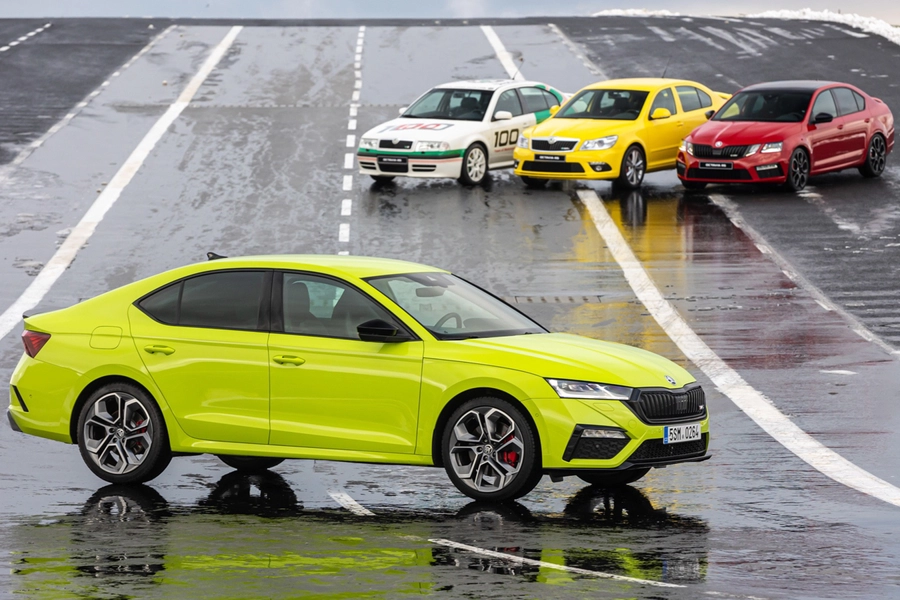For the Indian enthusiast, few badges spark as much emotion as RS. For most of us who grew up in the 2000s, the Skoda Octavia RS wasn’t just a car, it was the dream. It represented that sweet middle ground between a family sedan and a performance machine. Before the world went crazy for SUVs and EVs, this Czech sedan quietly became an icon for petrolheads, a symbol of understated speed, European finesse, and timeless design.
In a country where true driver’s cars are rare and often out of reach, the RS stood tall as the attainable performance car fast enough to thrill, practical enough to live with, and subtle enough to fly under the radar.
Skoda Octavia RS – The Birth of “vRS”
The ‘vRS’ stands for Victory Rally Sport, a name that has become synonymous with accessible performance and motorsport pedigree. Globally, Skoda uses the ‘RS’ badge, short for Rally Sport, a designation that traces its roots back to the Skoda 180 RS and 200 RS rally cars of the 1970s.
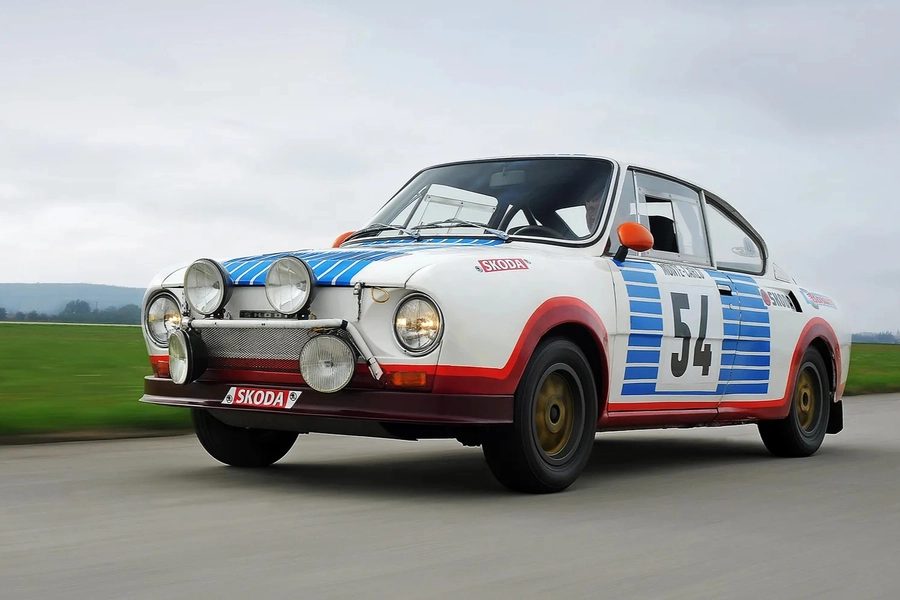
These hand-built rally prototypes, featuring 1.8- and 2.0-litre four-cylinder engines, were created to showcase Skoda’s engineering prowess and endurance racing capabilities. The “RS” lineage symbolised the brand’s drive to combine rally performance with everyday usability — a formula that would eventually trickle down to their road cars decades later.
When Skoda decided to introduce these performance variants to the UK, they added a “v” to the RS badge, creating “vRS”, after Ford threatened legal action over their own use of “RS” on rally-inspired models like the Escort RS Cosworth. The compromise birthed a name that would go on to define a cult movement of its own.
Mk1 Skoda Octavia RS (2004–2010)
When the first Skoda Octavia RS arrived in India in 2004, it instantly became a legend in the making. Under its hood was a 1.8-litre turbocharged petrol engine producing 150 Hp figure that may sound modest today, but in the early 2000s, it was pure adrenaline. The Mk1 RS was the first-ever turbocharged petrol car sold in India, a statistic that perfectly showed why a figure as simple as 150 horsepower once defined performance for us Indian enthusiasts.
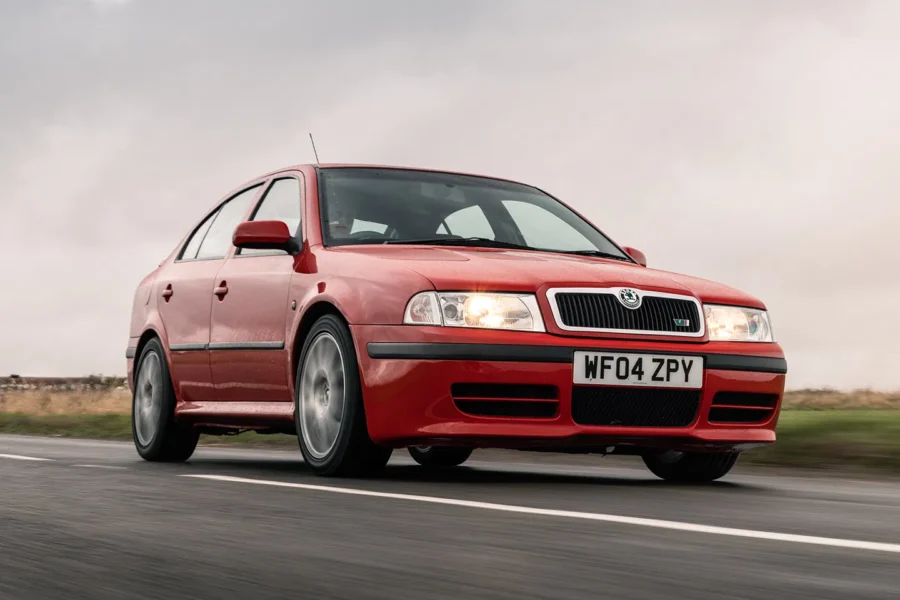
It had the right recipe: a manual gearbox, hydraulic steering, solid German build, that became synonymous with the RS identity. While most cars of its era were focused on mileage and affordability, the Octavia RS offered something far rarer, emotion. It wasn’t just a mode of transport that took you from point A to point B, it really showed how much fun you could have behind the wheel of a car while getting from point A to B.
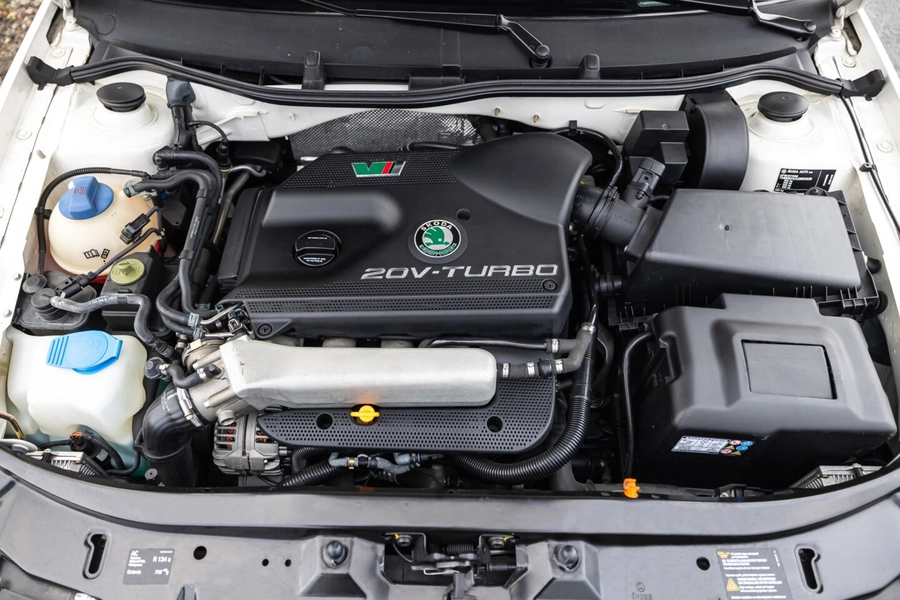
At launch, the Mk1 Octavia RS was priced at around ₹13.3 lakh ex-showroom, a premium figure for its time, yet one that enthusiasts gladly paid for the thrill it offered.
Skoda also introduced the Octavia RS Combi, an estate version of the RS sedan. This was the only generation when both body styles were sold side by side. Successive generations, however, stuck only to the sedan or, as Europeans call it, the liftback.
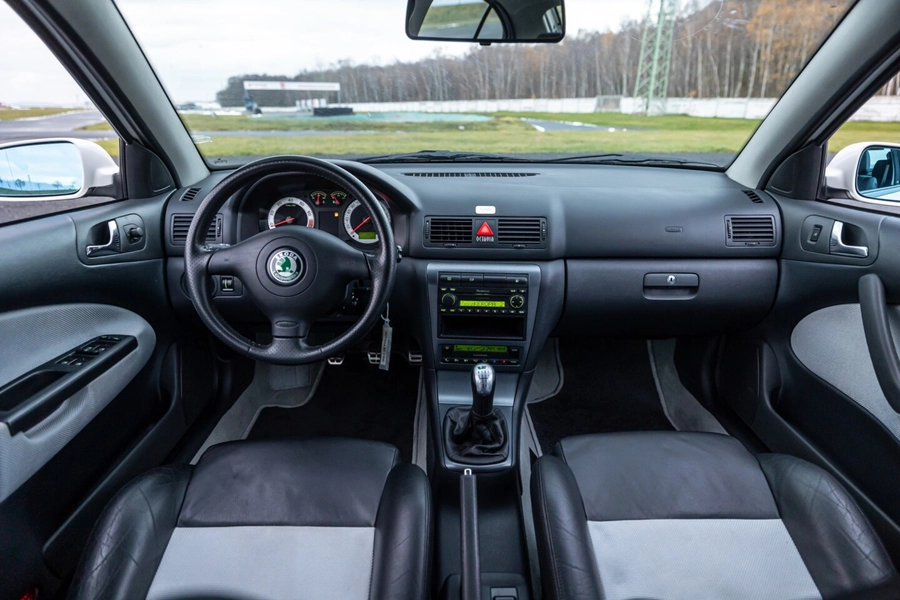
It’s no exaggeration to say that this car laid the foundation for India’s performance car scene. Many of today’s tuners, racers, and enthusiasts began their journey behind the wheel of a yellow, red, or black RS. Even today, it’s not uncommon to see well-maintained examples fetching high resale values, proof that icons never die.
Mk2 Skoda Octavia RS – The Laura RS (2011 -2013)
Fast-forward to 2011. Skoda decided to revive the badge with the Laura RS, essentially a rebadged second-generation Octavia. The reason why Skoda did this was because it simultaneously sold the Mk1 Octavia and Mk2 Octavia in India. The Mk2 Octavia hence had to be given a different name and the Skoda Laura was born in 2006, the Laura received its first facelift in 2009. The Laura RS is based on the facelifted Skoda Laura.
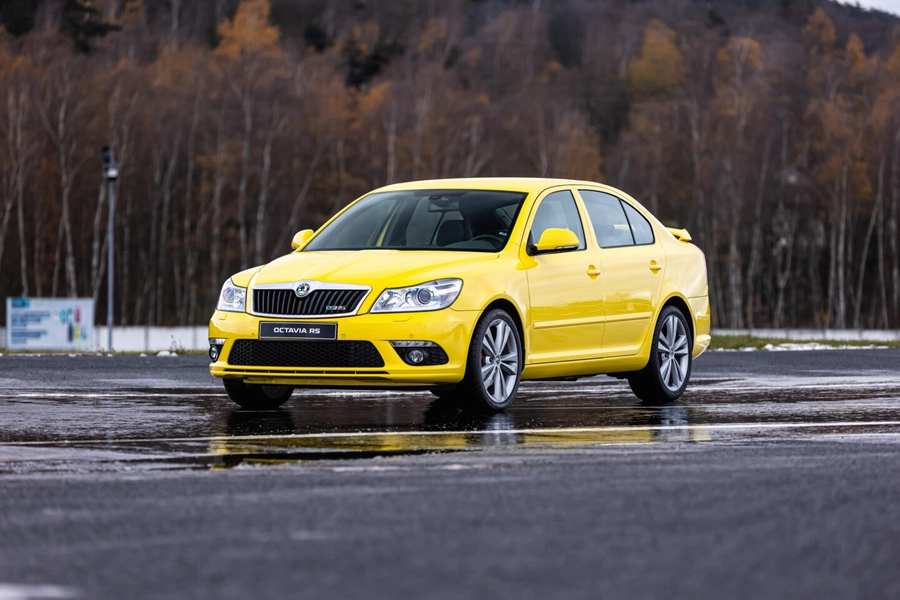
On the surface, it looked every bit the part, a sporty body kit, iconic yellow paint option, RS badging, and sporty interiors. But beneath the skin, things were a little different.
To begin with, buyers of the Indian RS felt somewhat disappointed, and rightly so. Unlike its European counterpart that came with a 2.0-litre, 200 bhp TFSI engine, the Indian version used the same 1.8-litre turbocharged direct-injection petrol engine from the standard Laura TSI, producing 160 bhp. Essentially, it wore the RS badge proudly but didn’t have the hardware to fully justify it.
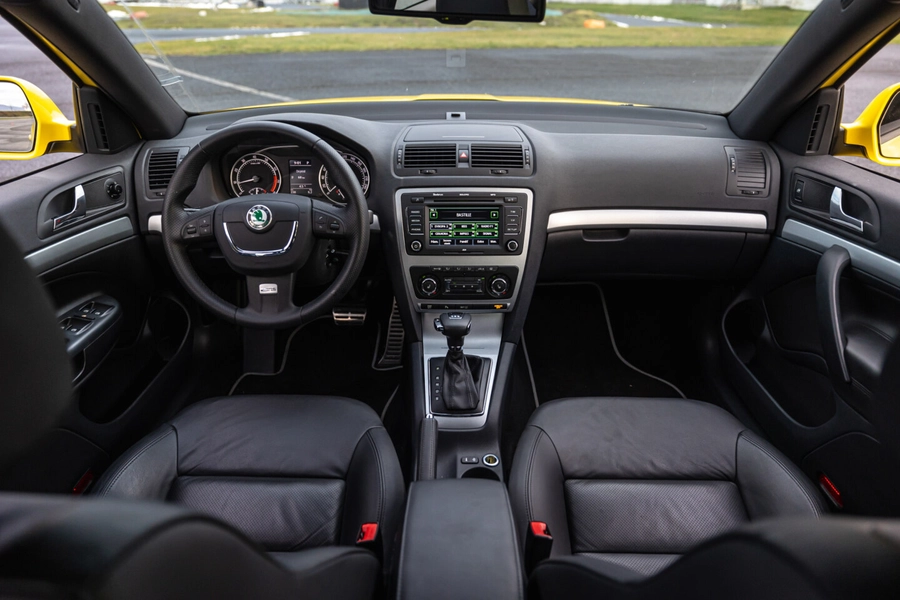
That said, the Laura RS wasn’t a bad car. It handled better than the standard Laura, had firmer suspension, and offered sharper steering feedback. But for enthusiasts expecting a spiritual successor to the original Mk1 RS, it felt more cosmetic than mechanical. The Laura RS was priced at ₹15.19 lakh ex-showroom.
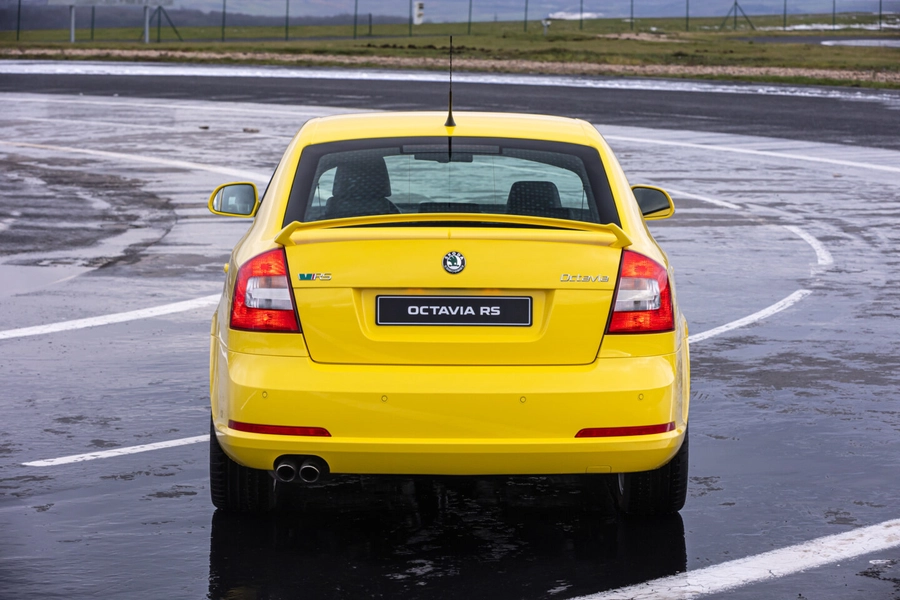
In hindsight, though, the Laura RS has aged gracefully. It bridged the gap between two eras — the analogue thrill of the early 2000s and the digital sophistication that would define the future.
Mk3 Skoda Octavia RS – RS 230/245 (2017 – 2021)
Then came 2017, and Skoda decided to make things right. The Octavia RS 230 was the return of fire-breathing performance to Indian roads. Equipped with a 2.0-litre turbocharged TSI engine producing 230 Hp and 350 Nm of torque, mated to a 7 speed DSG gearbox, it was a proper European sports sedan wrapped in a practical shell.
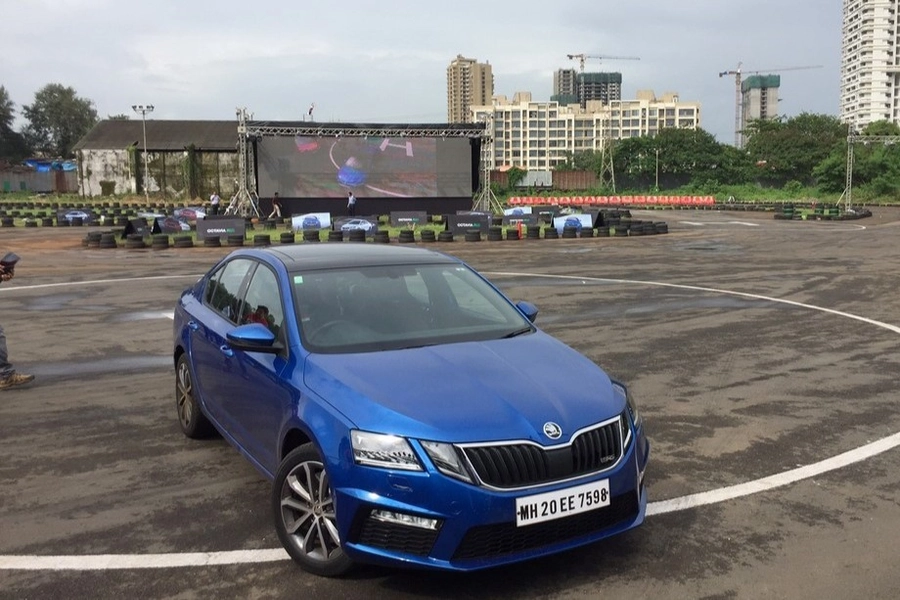
It could sprint from 0–100 km/h in 6.8 seconds, yet still seat five comfortably and carry their luggage. This was the RS reborn — matured, faster, and more refined than ever. The Mk3 Octavia RS 230 was priced at ₹26.25 lakh ex-showroom, reflecting its move into a more premium performance segment. Its success reignited the performance segment in India, with enthusiasts calling it “the ultimate sleeper.”
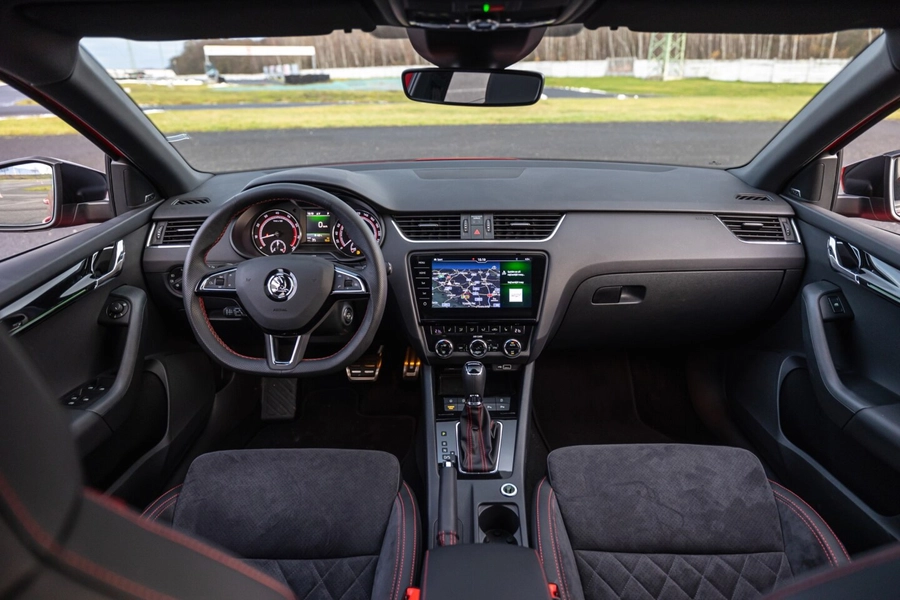
Skoda pushed the envelope even further with the Octavia RS 245 in 2020 — a limited-run model that became an instant hit. With 245 PS and 370 Nm, a lowered ride height, 19-inch alloys and a sharper suspension setup, this was the most powerful Skoda ever sold in India at that time.
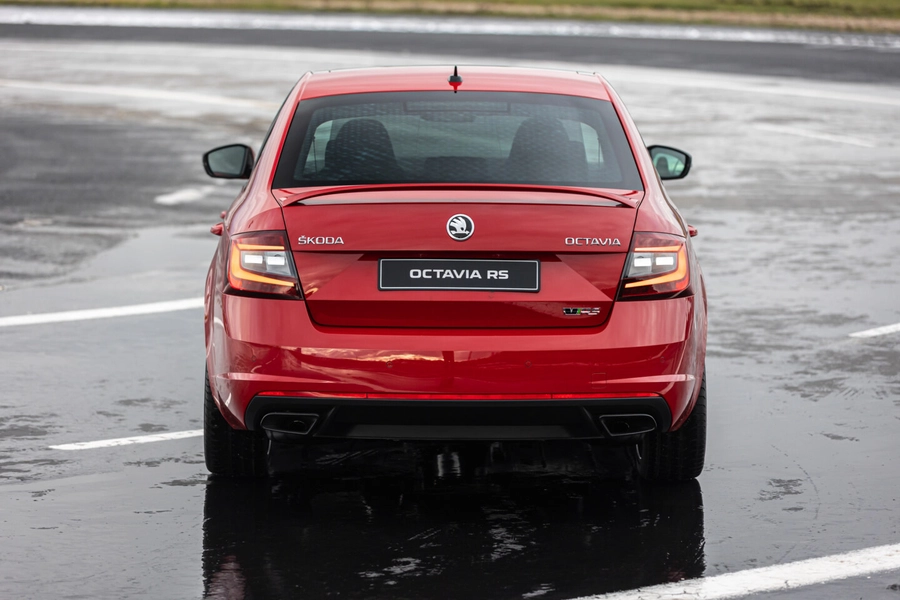
It was imported as a CBU, making it rare and expensive, only 200 units were allotted for India. The Octavia RS 245 was priced at ₹35.99 lakh ex-showroom. The covid pandemic’s timing didn’t help, but for the lucky few who got one, it was a dream come true. The RS 245 was the perfect send-off, a farewell before the next chapter began.
Mk4 Skoda Octavia RS (2025 – present)
The story doesn’t end there. In 2025, Skoda has introduced the latest Octavia RS, proving that the badge remains as relevant and revered as ever.
This time around, it packs a 2.0-litre turbocharged petrol engine producing 265 PS and 370 Nm of torque, with a 0–100 km/h sprint time of just 6.4 seconds and an electronically limited top speed of 250 km/h. Making it the most powerful Octavia RS ever.
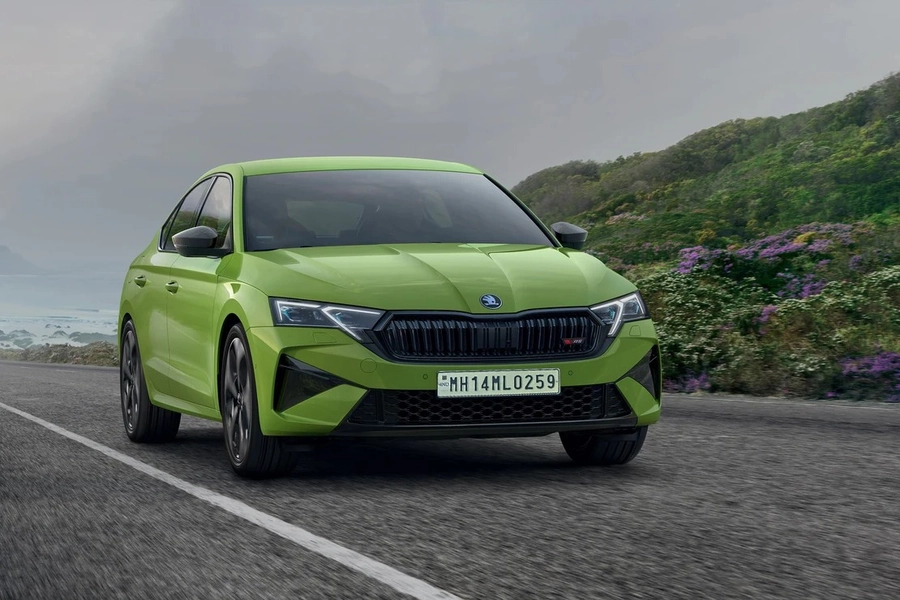
Inside, it’s a technological leap, a 13-inch touchscreen, 10-inch digital instrument cluster, sports seats with red stitching, ambient lighting, and wireless smartphone connectivity make it feel every bit like a modern European grand tourer.
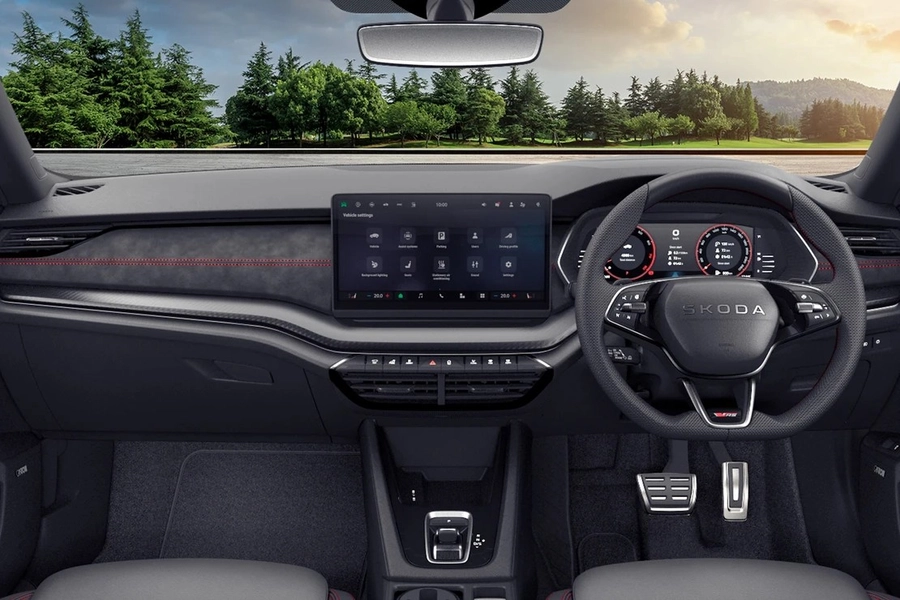
However, exclusivity was the key theme. India received only 100 units of the Mk4 RS, and every single one was sold out in 20 minutes of the bookings being opened for customers. Priced at ₹49.99 lakh (ex-showroom), it wasn’t the attainable performance car the original RS once was, it is a statement piece for those who truly understood what those three letters stood for.
The Legacy Lives On
Today, the Skoda Octavia RS isn’t just remembered for its numbers or specs, it’s remembered for how it made people feel. It bridged generations, inspired communities, and gave enthusiasts a taste of European performance that didn’t break the bank.
In a time when most brands are chasing trends, the RS remains a symbol of pure, driver-focused engineering an icon that defined what it means to fall in love with driving.
The badge may have started as “Rally Sport,” but in India, it became something much bigger — Respect, Soul, and Speed

